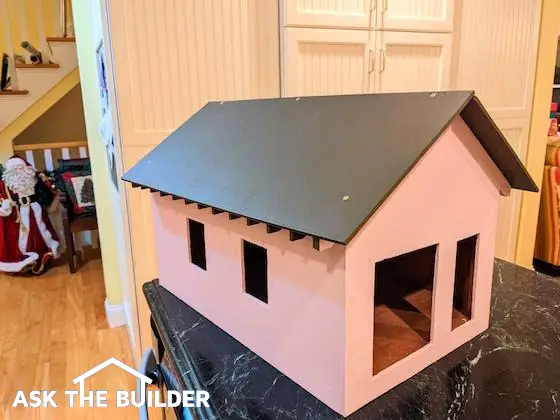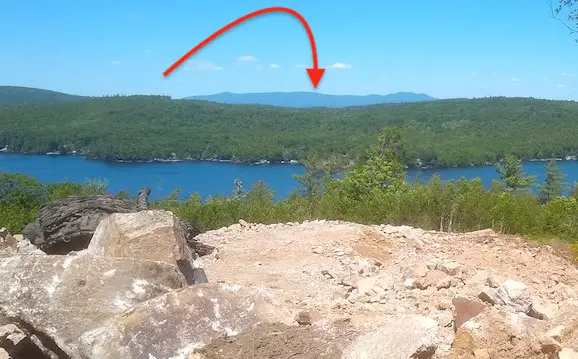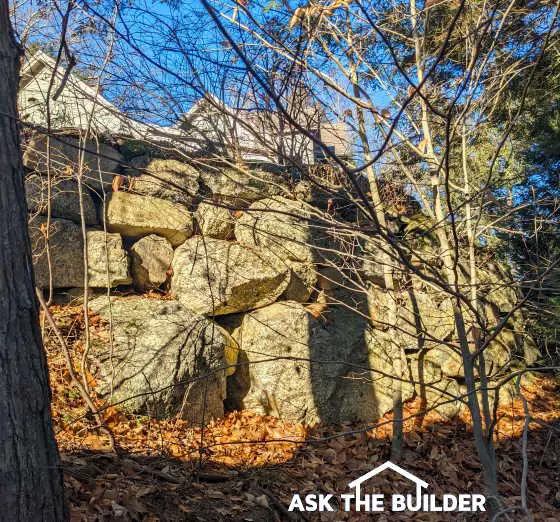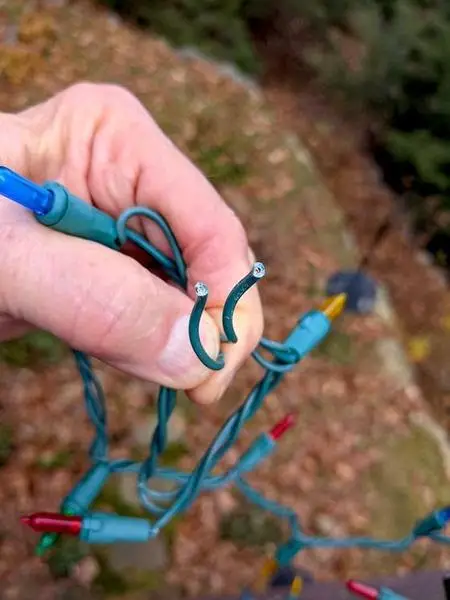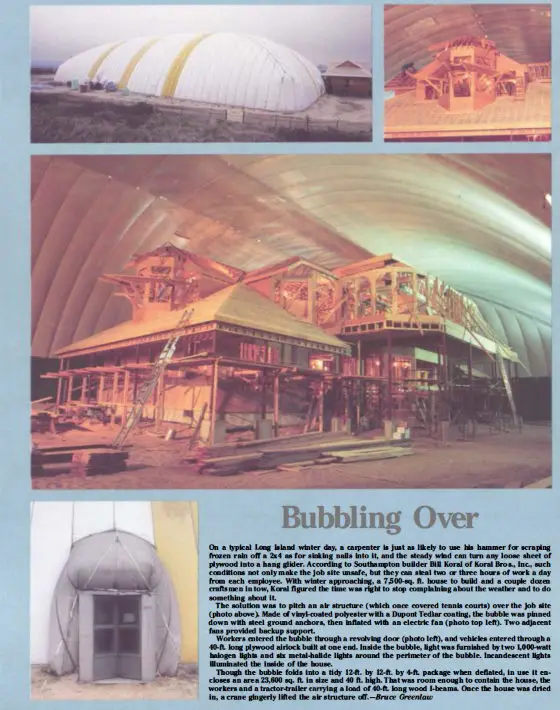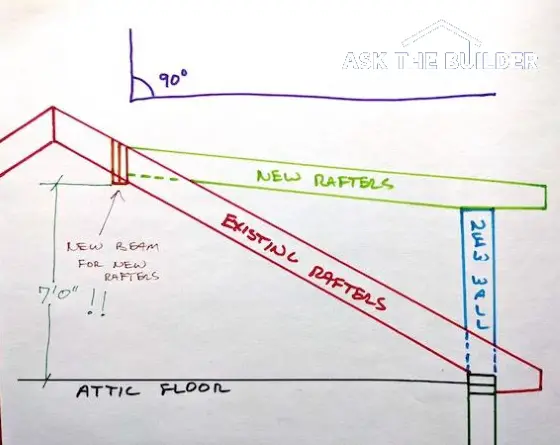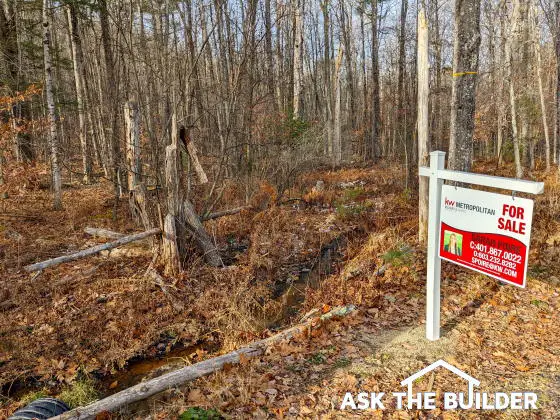
Land Buying Checklist | This lot in central New Hampshire might be appealing. The truth is it may have two or three deal-breaker flaws.
Land Buying Checklist - Use My Checklist to Save You Lots of Money
Are you one of many who are thinking of fleeing bigger cities to get away from crime, pollution, higher taxes, never-ending traffic jams, and a laundry list of other pesky problems? You’re not alone.
You might be one of the millions like my son-in-law and my own son who now can work from anywhere there’s an Internet connection. The paradigm of having to drive to work or take public transportation has shifted farther than the ground does in an 8.0 earthquake. That dream you’ve nurtured for decades about living in the countryside is within your grasp.
How Many Things Might Be on a Land Buying Checklist?
That said, you need to proceed slowly when buying raw land or a developed vacant building lot. I maintain there are no less than 20, maybe 30, important things you need to consider. In the limited space I have here, I’m going to share some of the major dealbreakers that would make me walk away from what appears to be a dream lot. The other checklist items are in a document I created years ago. The link for that is at the end of this column.
CLICK or TAP HERE to download my Land Buying Checklist
Just a few years ago, I helped my daughter make a decision about buying a vacant lot in a small subdivision on Mt. Desert Island (MDI). My daughter unknowingly enlisted a realtor who had virtually no clue about the pros and cons of vacant land. Don’t ever do this. We looked at no less than fifteen lots. At least five hours and gallons of gasoline were wasted looking at lots that should have never been considered.
What are Your Personal Deal Breakers?
The first thing you need to do when considering a building lot is to make your own personal list of deal-breakers. In my daughter’s case, she wanted privacy and quiet. This means you don’t want to have a lot that’s on a main road where giant trucks with diesel engines pass by every three minutes. The same goes for tourist locations like MDI that are overrun in good weather with tourists riding loud motorcycles. The wet-behind-the-ears realtor should have never even considered five of the lots she took us to.
What About Zoning Set Back Lines?
The size of a lot is much more important than you might think. If you’ve never built before, you may not be aware of zoning laws that create an unbuildable border of land within your lot. This no-build zone is created by the front, rear, and side-yard setback lines. They differ widely from town to town and neighborhood. For example, a vacant urban lot may have setback distances of just a few feet. A rural lot may have a front and rear-yard setback of 60, or more, feet. In my daughter’s case, the modest home she ended up building had to be shoehorned into the leftover buildable area within her lot. The house had to be built at an angle to the road and even then two small wetland areas were dangerously close to the house.
Wetlands you say? Imagine looking at my daughter’s lot in the dead of winter when you can’t even see them because they’re frozen and under a foot or two of snow! You’d hope all the wetlands are clearly marked on the plat map, but my suggestion is for you to only hope for things you can’t control like the weather and international conflict.
Is Compass Direction Important?
What about something as simple as compass direction? You might not think it matters much. Are you excited about the prospect of installing solar panels on your roof? Will the largest part of your roof that you can’t see from the road face south? That’s what you want to happen if you live in the northern hemisphere.
Take my house for example. I happen to thoroughly enjoy sunrises. I wanted the rear of my home to face east so I could enjoy them sitting out on my deck. The other advantage of this orientation is when I’m on the deck on a hot summer’s day, my deck is in the shade. Other neighbors of mine are sweltering in direct sunlight on their decks that face west.
What About Garbage Pickup or Snow Plowing?
What about city or town services? When I moved to rural New Hampshire thirteen years ago, I didn’t much think about trash pickup. After all, for five decades I just rolled my cans to the curb and the refuse magically disappeared. You can pay extra for that service in my town or you can drive your own stinking and leaking plastic trash bags to the town dump yourself. It’s a good thing I can hose out my pickup truck bed each time I get back home in the summer.
Is Mud Season an Issue?
Have you heard about mud season? It’s the harbinger of black flies. I’ll never forget my first spring in New Hampshire. Fortunately, my house and the roads leading to my house from at least one direction are all paved. One early spring day, I went for a walk to the end of my street. When you turned south on the intersecting road, it was paved for about 100 feet. Then it turned to gravel.
There in the middle of the road was a warning sign: ROAD IMPASSABLE. The ruts in the road were about 12 inches deep. My beefy Super Duty 3/4-ton 4x4 truck has only 8 inches of clearance. All the locals knew that if you were to venture onto the road and get stuck, only a farm tractor might get you out. No tow-truck company would ever venture into mud that deep. If you lived on that road, how would you get food for weeks at a time during mud season?
You’ll discover all sorts of other things to consider when you peruse my Land Buying Checklist.
Column 1434
